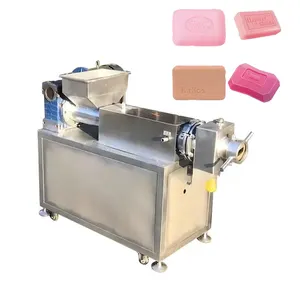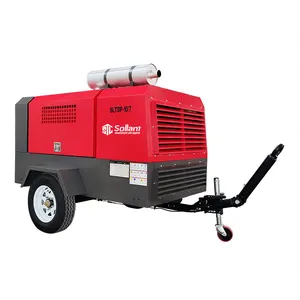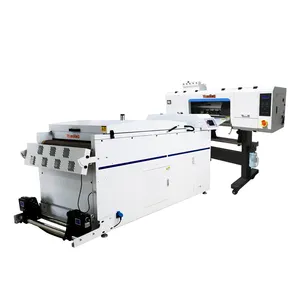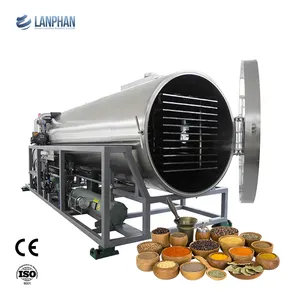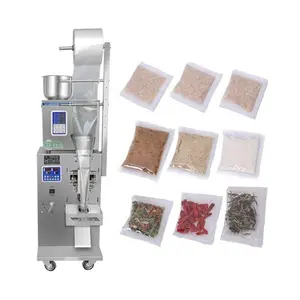Popular in your industry

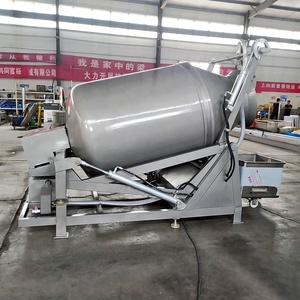
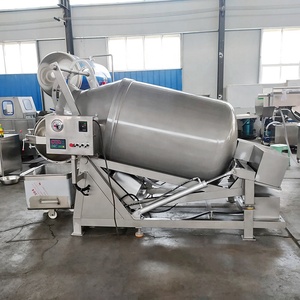
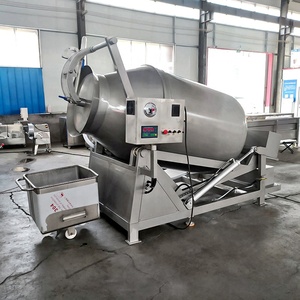
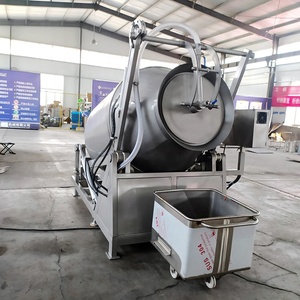




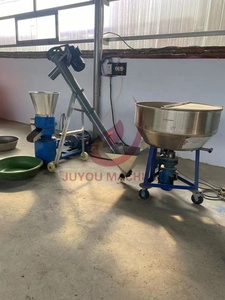










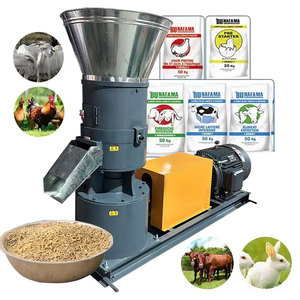
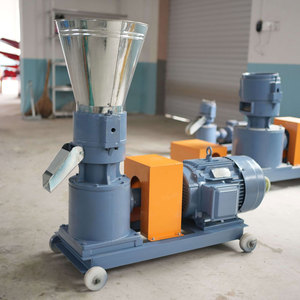
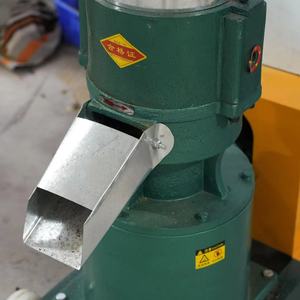




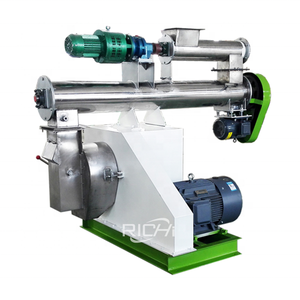


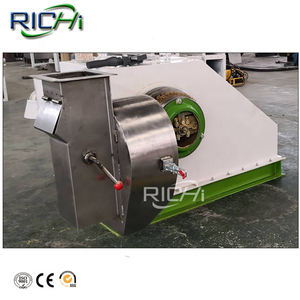





























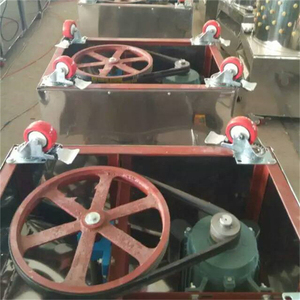
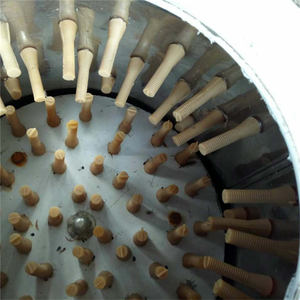

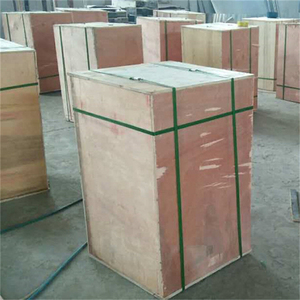
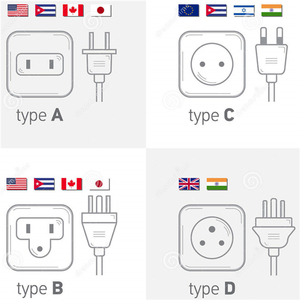
Related Searches:
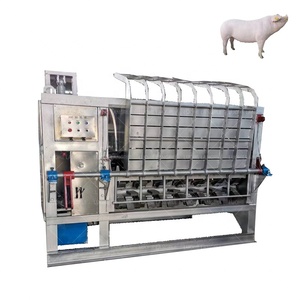
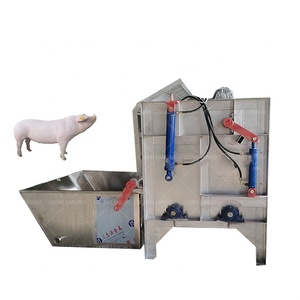

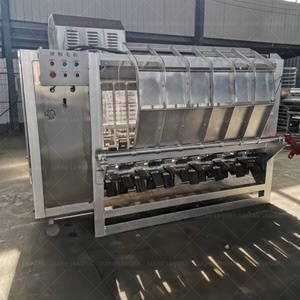





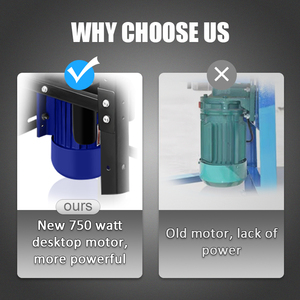













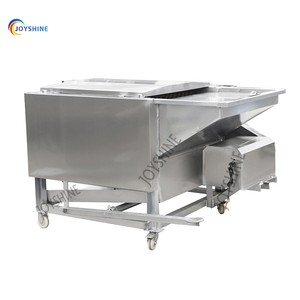



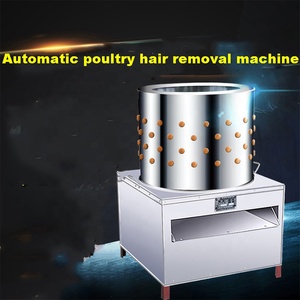
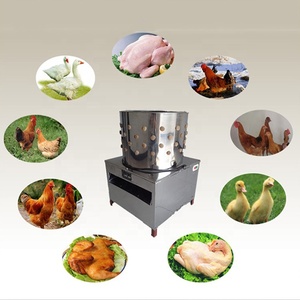
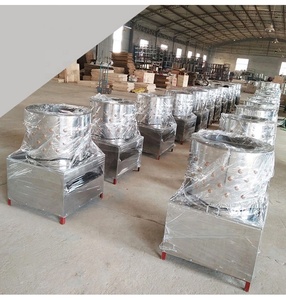








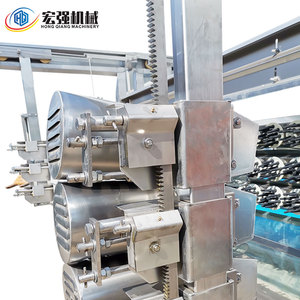




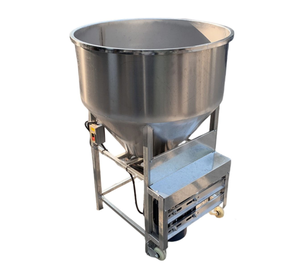







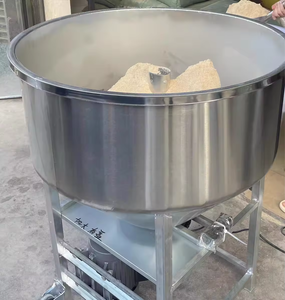

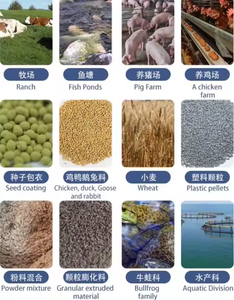

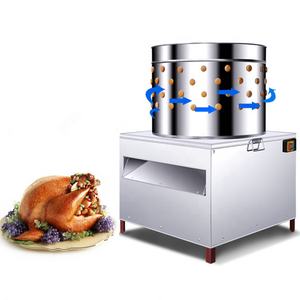


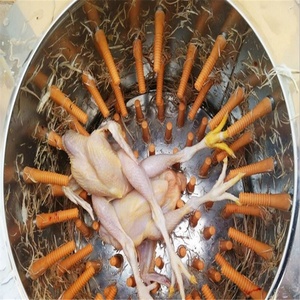


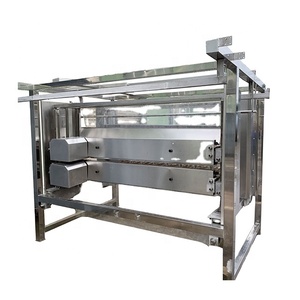
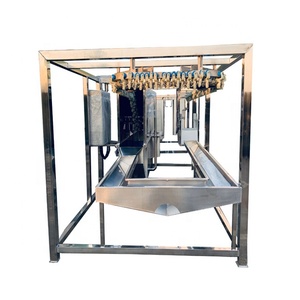





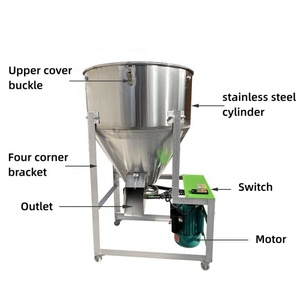








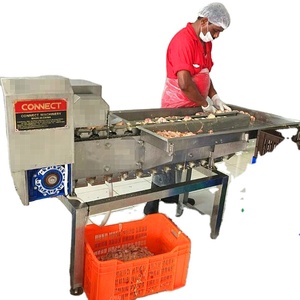
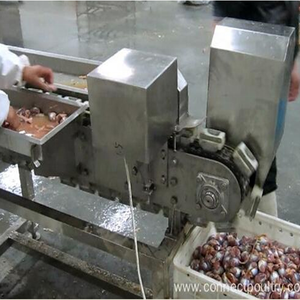







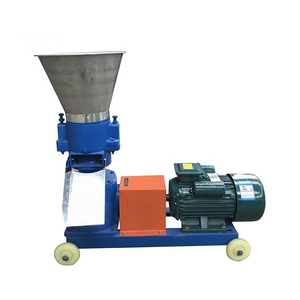



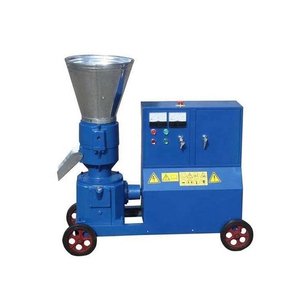




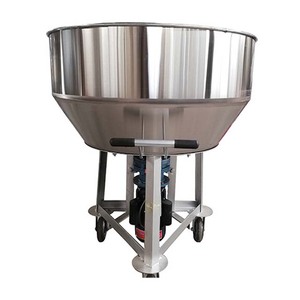

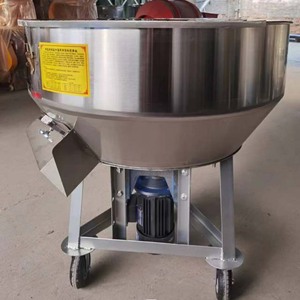

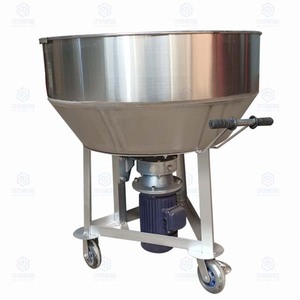
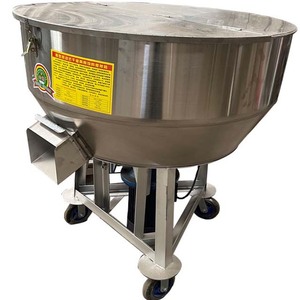
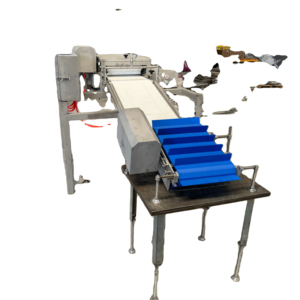
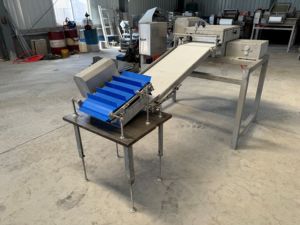



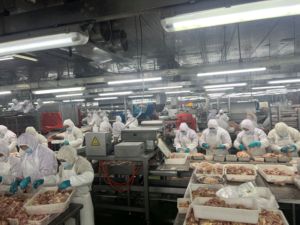
Top categories
About chicken dressing machine
Embarking on a journey to elevate your poultry business requires embracing innovation and efficiency. Central to this transformation is the chicken dressing machine, a pivotal tool in modern poultry processing. This guide will navigate you through the intricacies of selecting the ideal machine to suit your needs, from understanding the operational mechanics to exploring the diverse options available on Alibaba.com. With a focus on enhancing productivity and ensuring quality, we'll delve into the features, automation, and material considerations that are crucial in making an informed decision. Whether you're a small-scale farmer or a large-scale processor, this ultimate guide is tailored to help you revolutionize your poultry business with the right chicken dressing machine.
Understanding Chicken Dressing Machines

A chicken plucking machine, also known as a chicken dressing machine, is designed to remove feathers from chickens and other poultry with efficiency. The process begins with immersing the already bled chicken in hot water, typically around 70 degrees Celsius, for a brief moment. This scalding loosens the feathers, making them easier to remove. For waterfowl like ducks and geese, the addition of sea salt and vinegar to the warm water can aid in the process, along with using a broom to help water penetrate the feathers.
Once prepared, the chicken is placed inside the machine, ideally with its back down, and the legs may be removed to expedite the process. The machine typically operates with a wet rotary mechanism, where the central body rotates, causing the bird to tumble and come into contact with rubber fingers that remove the feathers. After the plucking, some feathers may remain and need to be removed manually. It's important to note that the machine should not be overloaded beyond the manufacturer's specified weight limit and should not run for extended periods to prevent damage to the bird's skin.
Modern chicken dressing machines are robust and easy to clean, accommodating different poultry types, excluding the smaller birds like quail. They often feature a water washing system to facilitate the removal of feathers post-processing. When using these machines, it's crucial to adhere to safety precautions, ensuring the water temperature and immersion times are appropriate for the type of poultry being processed.
Types of Chicken Dressing Machines on Alibaba.com
Alibaba.com showcases a diverse range of chicken dressing machines designed to meet various poultry processing needs. Among the types available, you'll find professional chicken plucker machines, both portable and stationary, catering to different scales of poultry operations. Small-scale chicken plucker machines are tailored for operations that require a compact solution for plucking and scalding chickens as part of a slaughter line. For larger operations, commercial chicken plucker machines offer higher efficiency and throughput.
The selection also includes specialized machines like the Halal chicken slaughter machine, which integrates scalding and plucking functionalities, suitable for processing not just chickens but also ducks and geese. Stainless steel slaughter equipment featuring chicken feather plucker and scalder machines highlight durability and ease of cleaning. For those seeking automation, there are semiautomatic chicken feather pluckers that promise efficient operation.
In addition to these, Alibaba.com lists various configurations of chicken pluckers, including standalone pluckers, integrated scalder/plucker units, and complete poultry scalding plucking machine solutions. These machines are designed to accommodate different poultry dressing requirements, ensuring that there is a machine to fit the specific needs of any poultry processing business.
Key Features to Consider When Choosing a Chicken Dressing Machine
When selecting a chicken dressing machine, it's essential to focus on specific features that enhance the plucking process. Look for machines equipped with rubber sticks, which are gentle on poultry skin, preventing damage during feather removal. The capacity of the machine is also crucial; options vary, with some capable of handling 1-5 chickens per minute, catering to different operation scales. Efficiency is a key factor, with the best machines offering time-saving and labor-saving benefits, streamlining the plucking process significantly compared to manual labor. Additionally, the simplicity of the machine's structure should not be overlooked, as it contributes to ease of operation and maintenance. It's important to choose a machine that balances efficiency with gentle handling to maintain the quality of the poultry during the dressing process.
The Role of Automation in Poultry Dressing

Automation has become a cornerstone in poultry processing, addressing labor challenges and enhancing efficiency. The integration of automated solutions spans various stages, including packaging and deboning, with a focus on reducing staffing needs and optimizing yields. Advanced technologies such as machine intelligence and human-machine interfaces have replaced more mechanical components, allowing for precise adjustments and improved system control.
The processing of dark meat has seen significant advancements with automation, leading to faster and more precise deboning systems that can adapt to flock variations. This has resulted in improved yields and operational efficiencies. Similarly, for white meat processing, the industry is striving to match the efficiency of manual labor with automated systems, aiming to surpass traditional speed benchmarks.
Automation's evolution continues with the adoption of robotics and intelligent systems like x-ray and vision technologies, which surpass human capabilities in accuracy and discernment. These technologies are not only enhancing cutting accuracy but are also paving the way for further labor cost reductions. The future of poultry processing automation lies in the integration of artificial intelligence and machine learning, which will bring about even more sophisticated applications and efficiencies.
Material and Build Quality of Chicken Dressing Machines
When selecting a chicken dressing machine, the construction material is a crucial factor to consider. Stainless steel is commonly utilized for these machines due to its strength and longevity, ensuring extended service life with minimal need for replacement. The size of the machine is another important aspect, as they are available in various dimensions. It's essential to choose a machine that will fit within the designated area without causing obstructions or operational issues.
Advantages of Upgrading to an Advanced Chicken Dressing Machine
Upgrading to an advanced chicken dressing machine can significantly enhance the operational efficiency of a poultry processing plant. While manual lines are initially less costly, they tend to reduce profit margins over time. In contrast, automated chicken dressing machines, although associated with a higher initial outlay, can boost long-term profitability. They are particularly suitable for larger operations that have the capital for investment, aim for higher production targets, and possess the space to accommodate such machinery. These advanced systems can also help in maintaining a lean workforce, as they are designed to streamline processes and reduce labor costs.
For smaller plants, starting with manual processing and gradually integrating automated machines can be a strategic approach to growth. This allows for an initial cost-effective setup with the flexibility to scale up operations as the business expands. Furthermore, hybrid lines that combine manual and automated processes can offer a balanced solution, optimizing the benefits of both systems while minimizing their drawbacks. When considering an upgrade, it is crucial to evaluate the specific needs of the facility, the intended scale of operations, and the available resources to ensure that the investment in advanced chicken dressing machines aligns with the business objectives and operational requirements.
Operational Efficiency and Throughput

In the realm of poultry processing, operational efficiency and throughput are paramount. The stages of live bird handling, killing and defeathering, evisceration, and chilling are critical in setting the pace for the entire operation. Overhead grading and distribution systems streamline the workflow, ensuring that birds are sorted effectively, which is essential for maintaining a consistent processing rhythm. The cut-up and deboning stages, followed by inspection, are where precision and speed intersect to optimize the yield from each bird.
The integration of conveyor belt grading and distribution further enhances the efficiency of the process, allowing for seamless transition between processing stages. Portion cutting and meat harvesting are tailored to meet specific demands, ensuring that the output matches the market requirements. The marinating and tumbling processes add value to the end product, while grading and batching prepare the poultry for final dispatch. Packing and labeling are the last steps in the chain, where accuracy and speed are crucial to ensure that products are market-ready.
The entire process, from live bird handling to the final product stages, is a testament to the operational efficiency and throughput capabilities of modern poultry dressing machines. Each step is designed to maximize output and minimize waste, ensuring that businesses can meet their production targets while maintaining high standards of product quality. This efficiency is a key factor in the profitability and sustainability of poultry processing operations.
Safety and Sanitation Standards
Poultry processing, particularly the stage involving chicken dressing machines, necessitates stringent safety and sanitation standards to prevent contamination and ensure food safety. The Occupational Safety and Health Administration (OSHA) and the US Department of Agriculture-Food Safety and Inspection Service (USDA-FSIS) regulate this sector, mandating that processing plants adhere to specific guidelines. These include the thorough cleaning and disinfection of equipment and ensuring that poultry products are free from fecal contamination and maintained at safe temperatures.
To comply with these regulations, poultry processing plants are required to implement an approved Hazard Analysis Critical Control Point (HACCP) plan. This plan should detail the organization’s sanitation program and outline critical control points to mitigate risks. Additionally, the risk of contamination is present at various stages of processing, making it imperative for facilities to observe extensive measures in facility cleanliness and worker safety.
Digital checklists and mobile-first solutions can be instrumental in maintaining these standards, providing a systematic approach to quality assurance and risk management. By integrating such technology, poultry processing plants can enhance their safety protocols, reduce the risk of accidents, and ensure that their operations meet the legislated safety standards, thereby safeguarding both workers and consumers.
Cost Considerations and ROI
When considering the financial aspect of on-farm chicken processing, it's essential to evaluate the costs against the benefits. The initial expense of acquiring equipment can be offset by the savings from not having to pay external processors. For instance, by processing and packaging your own poultry, you could save a certain amount per bird, which would otherwise be an outlay to a third party. Additionally, owning the equipment can add a per chicken cost, but this needs to be weighed against the volume of birds processed annually.
To accurately assess the return on investment (ROI), you must gather basic data such as the cost of external processing services and the expenses related to transportation to the processor. With this information, you can perform a cost analysis to compare against the investment in your own equipment. While many factors influence the outcome of such an analysis, including the cost of equipment, labor rates, operational scale, and proficiency in processing, the goal is to provide a framework for understanding potential savings and costs.
The key to a successful cost analysis is not to pinpoint exact figures but to establish a process for evaluating the financial implications of on-farm processing. This analysis will guide your decisions, helping you to determine whether the investment in chicken dressing machinery is a financially viable move for your operation.
Conclusion
In conclusion, the journey to optimize your poultry business with the right chicken dressing machine is a strategic investment in efficiency and quality. Understanding the nuances of these machines, from their operational mechanisms to the various types available, is crucial for making an informed choice. Key features like capacity, efficiency, and build quality must align with your business's scale and objectives. The role of automation in poultry dressing cannot be overstated, offering significant advancements in labor reduction and process optimization. Material quality, safety standards, and cost considerations also play a vital role in ensuring a profitable return on investment. By carefully evaluating these factors, you can select a chicken dressing machine that not only meets your current needs but also scales with your business's growth, ensuring long-term success in the competitive poultry industry.

